An OEM outdoor LED display is a fully customizable digital signage solution designed for external environments. Unlike off-the-shelf products, OEM (Original Equipment Manufacturer) displays are tailored to meet specific client requirements, including size, brightness, resolution, and branding. These systems are ideal for businesses, municipalities, and event organizers seeking high-performance, weather-resistant digital screens that align with their unique operational needs.

OEM outdoor LED displays stand out due to their adaptability, durability, and advanced technology. Here’s what sets them apart:
Size Flexibility: From small kiosks to massive video walls (e.g., 500+ sqm).
Pixel Pitch Options: Tailor pixel density (P2–P20) for close-up or distant viewing.
Shape Innovation: Curved, transparent, or modular designs to fit architectural or natural settings.
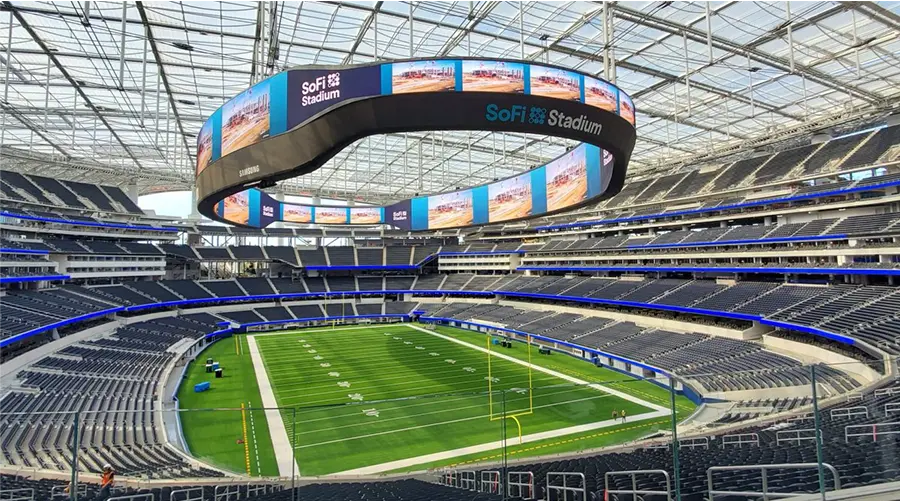
With IP66/IP67 ratings and operating temperatures from -40°C to 60°C, these displays survive harsh conditions:
Waterproof and dustproof for rain, snow, or sandstorms.
Advanced cooling systems prevent overheating in deserts or tropical climates.
Modern OEM outdoor LED displays use energy-saving technologies:
Low power consumption (150–300W/m²) compared to traditional screens.
Lifespan of 80,000–120,000 hours with minimal degradation.

Remote control and automation features simplify operations:
Cloud-based CMS for real-time updates across multiple screens.
AI-driven scheduling for time-based content (e.g., sunrise/sunset adjustments).
These versatile displays are transforming industries by enabling dynamic, interactive communication:
Dynamic Billboards: Real-time ads based on traffic patterns or weather.
Interactive Kiosks: Touchscreens for product demos or customer engagement.
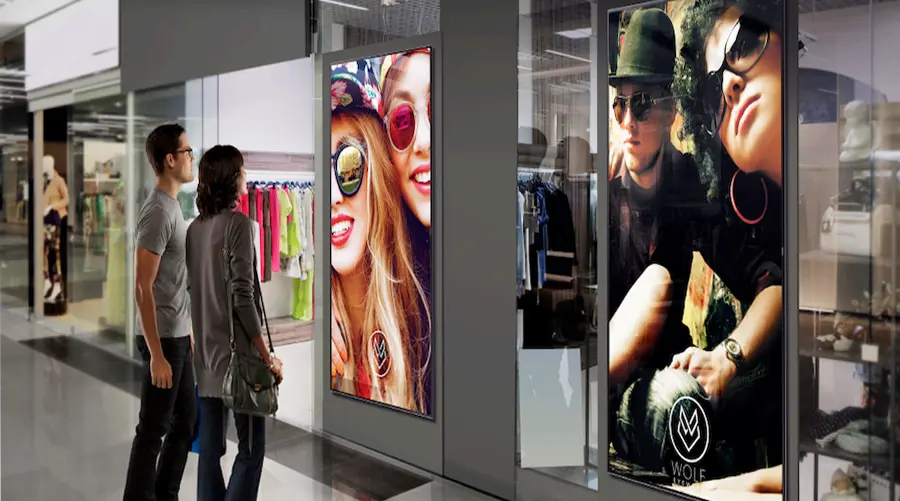
Live scoreboards, replays, and sponsor branding during concerts or matches.
3D holographic displays for immersive fan experiences.
Emergency alerts for floods, wildfires, or traffic disruptions.
Wayfinding maps in airports, train stations, or theme parks.
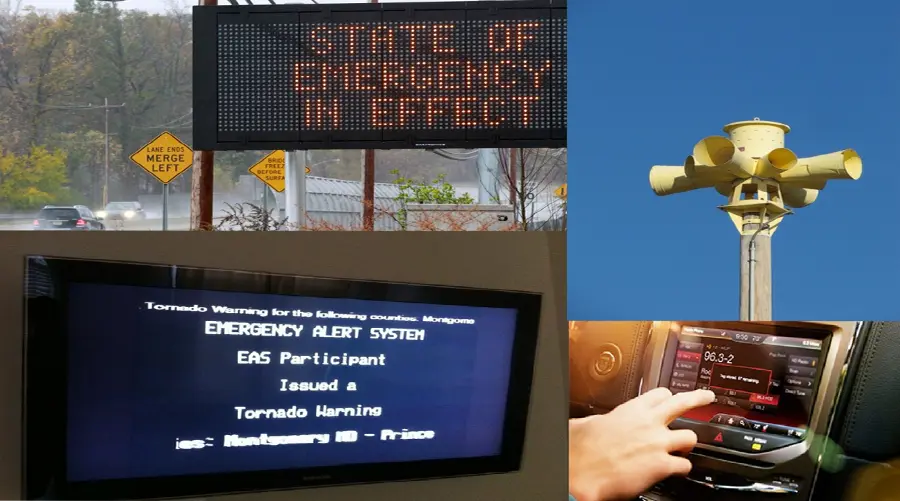
Smart city installations for air quality monitoring or energy usage data.
Artistic light shows powered by renewable energy sources.
Selecting the best system depends on your specific goals and environment. Consider these factors:
| Factor | Considerations | Example Use Case |
|---|---|---|
| Brightness | 5,000–10,000 nits for direct sunlight visibility. | Highway billboards in desert regions. |
| Weather Resistance | IP66 for general use; IP67 for submersion risks. | Coastal installations near the ocean. |
| Content Type | Static vs. dynamic; 2D vs. 3D holograms. | 3D product displays at trade fairs. |
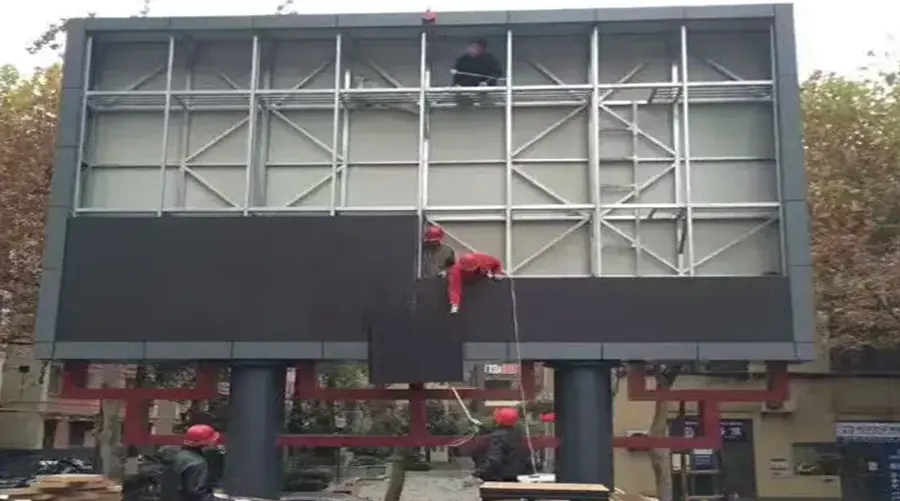
The industry is evolving rapidly, with emerging trends shaping next-generation solutions:
Screens will analyze real-time data (e.g., crowd density, weather) to adjust content dynamically:
Advertising tailored to demographics detected via anonymous facial recognition.
Weather-responsive promotions (e.g., umbrellas on rainy days).
Future models may use ultra-thin, bendable materials for:
Wraparound installations on curved buildings or vehicles.
Portable screens that can be rolled up for storage or transport.
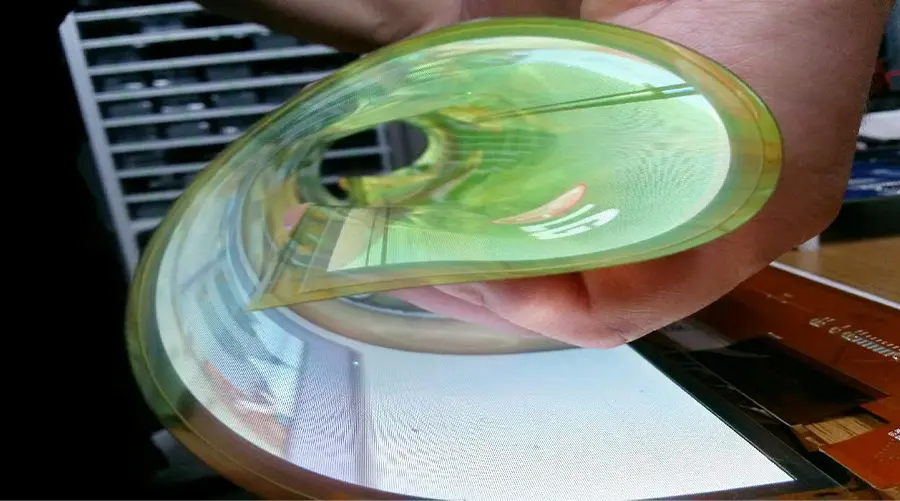
5G connectivity will enable:
Ultra-fast content updates without latency.
Remote diagnostics and predictive maintenance.
Hot Recommendations
Hot Products
Get a Free Quote Instantly!
Talk to Our Sales Team Now.
If you are interested in our products, please contact us promptly
Reach out to our sales team to explore customized solutions that perfectly meet your business needs and address any questions you may have.
Email Address:info@reissopto.comFactory Address:Building 6, Huike Flat Panel Display Industrial Park, No. 1, Gongye 2nd Road, Shiyan Shilong Community, Bao'an District, Shenzhen city , China
whatsapp:+8615217757270